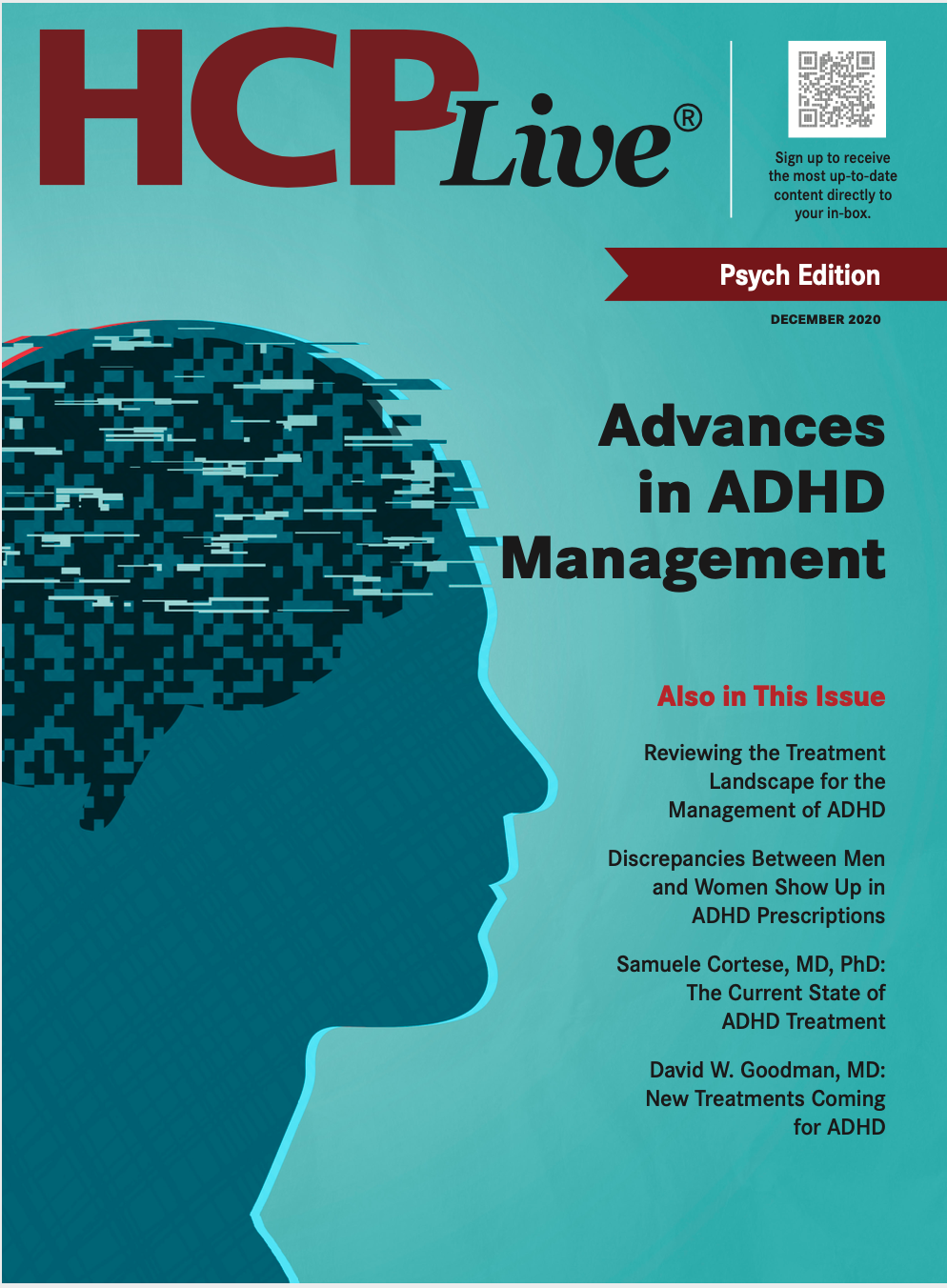Publication
Article
Supplements
Data Shows Disparities in Mental Health Treatments Among Pediatric Populations
Author(s):
These disparities were noted between age groups, sex, race/ethnicity, and urbanization level of residence.
Benjamin Zablotsky, PhD

In 2016, about 16.5% of US children had been diagnosed with a mental health disorder. Such common diagnoses included ADHD, anxiety, and behavioral disorders.
A new data brief from the National Center for Health Statistics (NCHS) reported on 2019 trends in mental health treatment among children aged 5-17 years. The investigators uncovered 4 major findings in their analysis, which underscored associations between treatment likelihood and key demographic characteristics such as age, sex, race/ethnicity, and level of urbanization.
Benjamin Zablotsky, PhD, and Emily Terlizzi, MPH, of the NCHS used data from the 2019 National Health Interview Survey, a nationally representative household survey of the US population, to determine the prevalence of mental health treatments among school-aged children.
They found that 13.6% of the prespecified population had received treatment in the past 12 months. Furthermore, 10.0% of children had received counseling or therapy from a mental health professional, and 8.4% had taken prescription medication for their mental health.
Additionally, their analysis showed that the prevalence of treatment was greater in older children, defined as ages 12-17 years—compared with younger children, 5-11 years (16.8% vs 10.8%, respectively).
Older children were also more likely to have taken medication for their mental health (10.9% vs 6.2%, respectively) and to have received counseling or therapy from a mental health professional (12.5% vs 7.8%, respectively) in the same time period.
The report also indicated that 14.8% of boys received any mental health treatment compared with 12.4% of girls.
Boys (9.8%) were more likely than girls (7.0%) to have been treated with medication, but there was no significant difference in use of counseling by a health care professional.
In terms of race/ethnicity, more non-Hispanic white children (17.7%) had received any health treatment compared with Hispanic (9.2%) and non-Hispanic black (8.7%) children.
This trend was also consistent in use of medication and reception of counseling or therapy. In fact, non-Hispanic white children were more than twice as likely (11.4%) to have taken medication than Hispanic (4.7%) and non-Hispanic black (5.6%) children.
And finally, the investigators found that the percentage of mental health treatment increased as urbanization decreased. For example, 12.4% of children in large metropolitan areas received treatment as compared with 17.0% in nonmetropolitan areas.
This trend was similar in terms of medication use — 7.4% in large metropolitan areas versus 11.8% in nonmetropolitan areas. There was no observed significant difference in receipt of counseling or therapy.
Zablotsky and Terlizzi noted that several of these findings, most notably in the domain of race/ethnicity and level of urbanization, were consistent with prior studies on prescription or counseling usage among children
The report, “Mental Health Treatment Among Children Aged 5–17 Years: United States, 2019,” was published online in the NCHS Data Brief.






